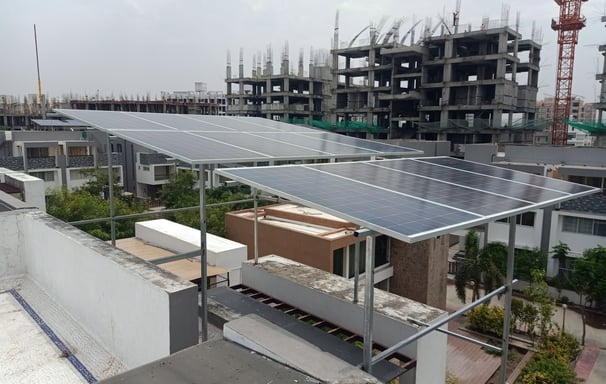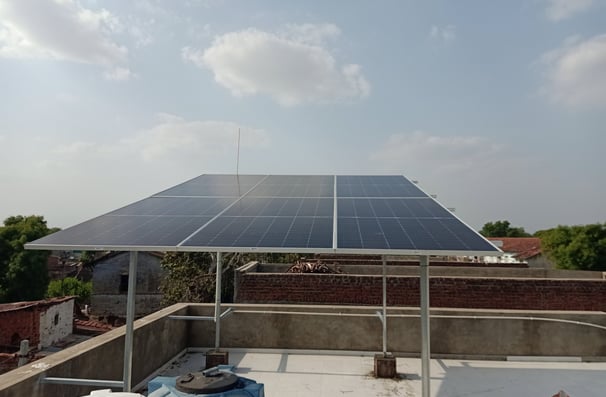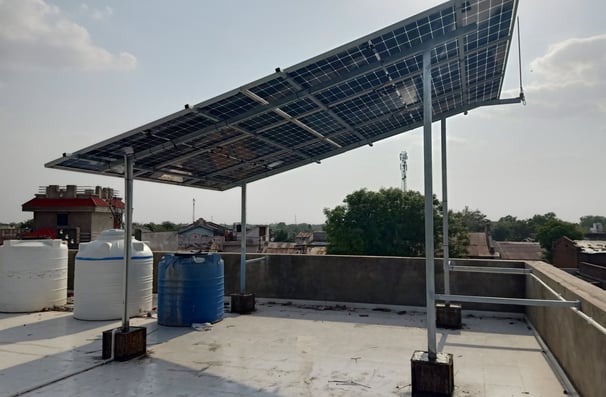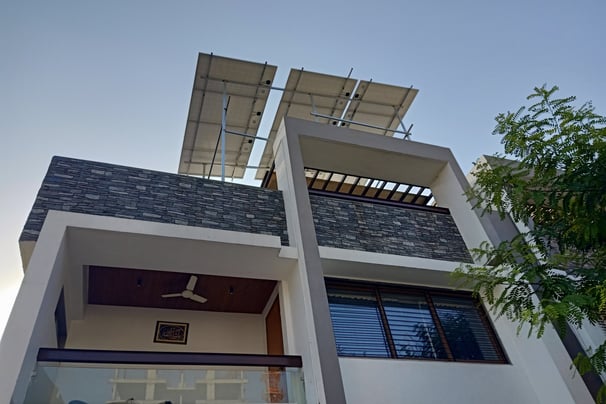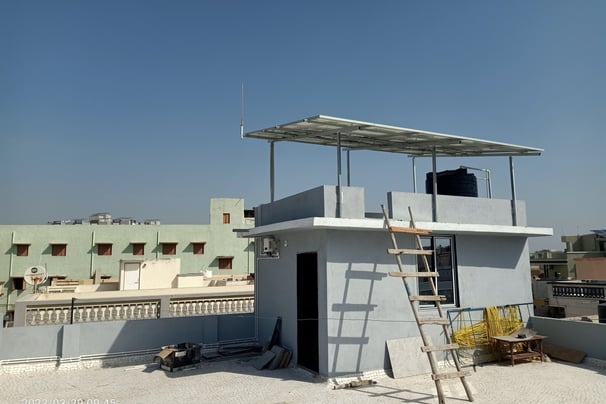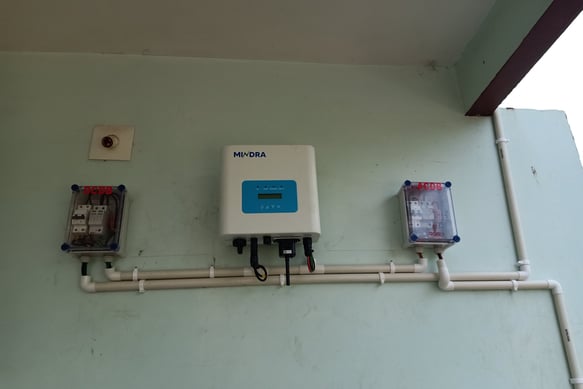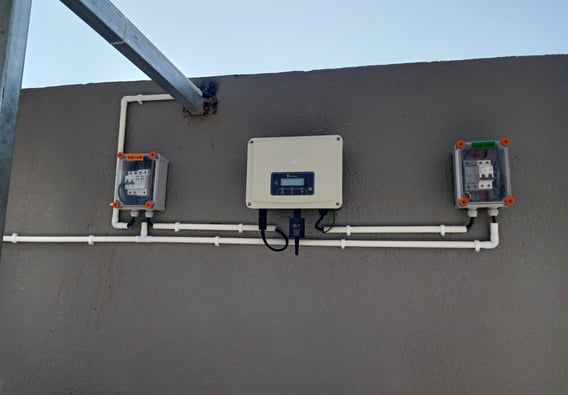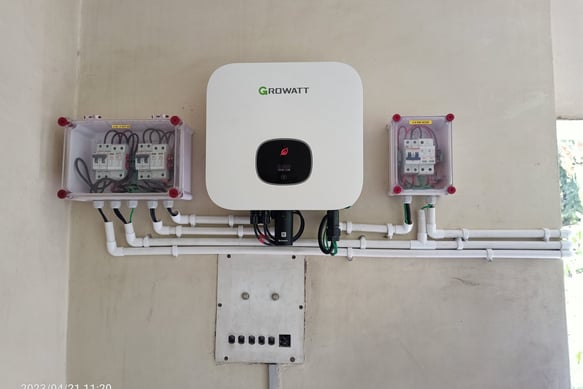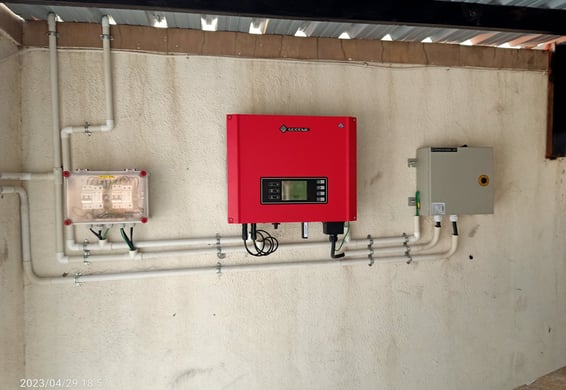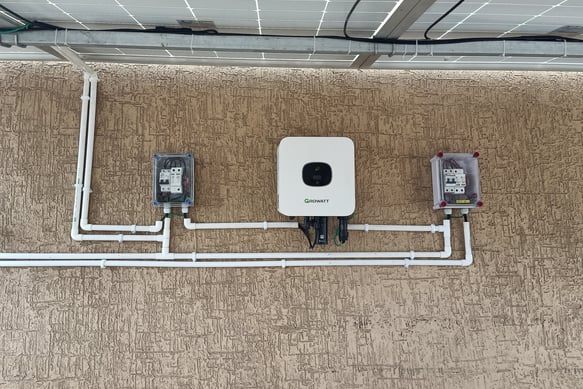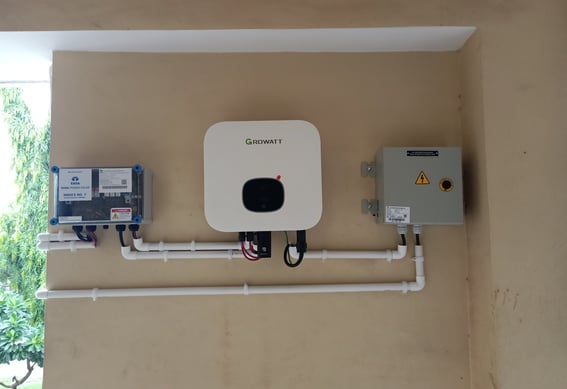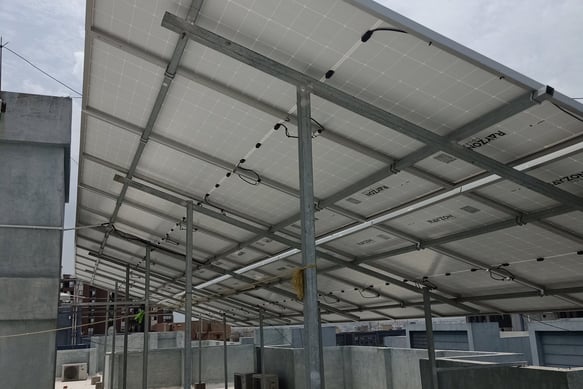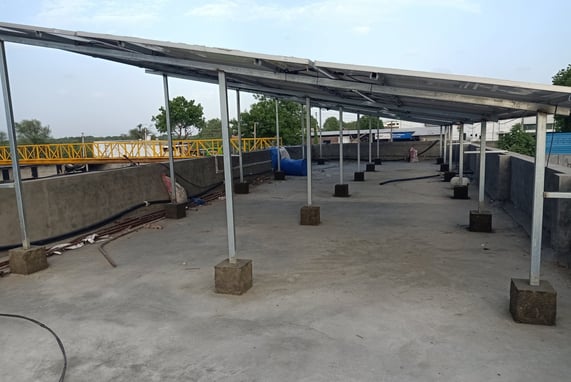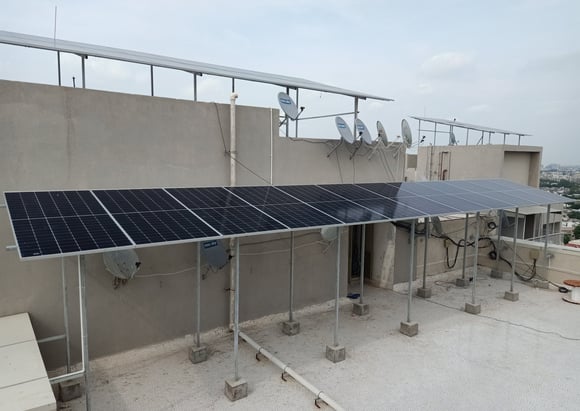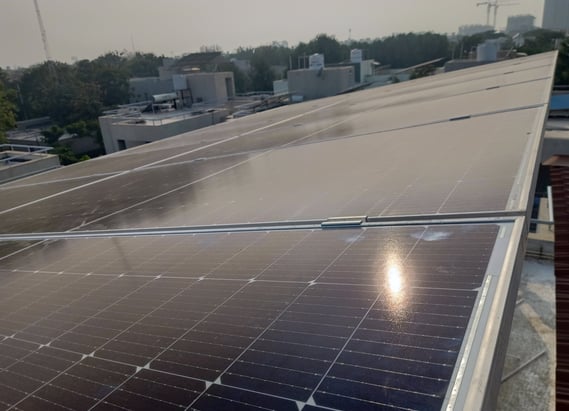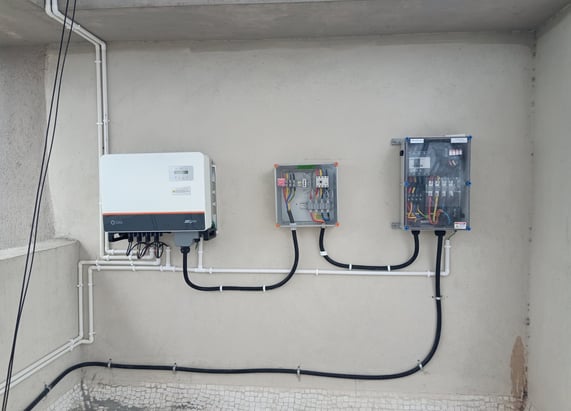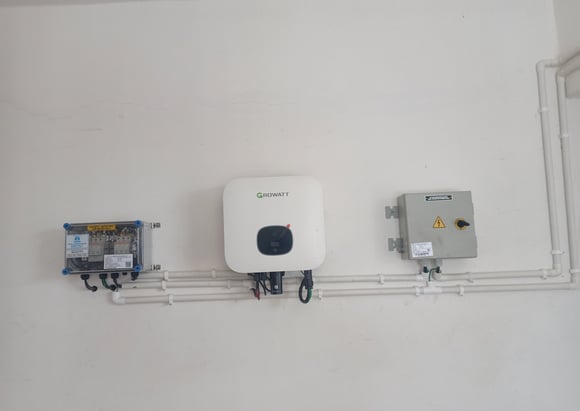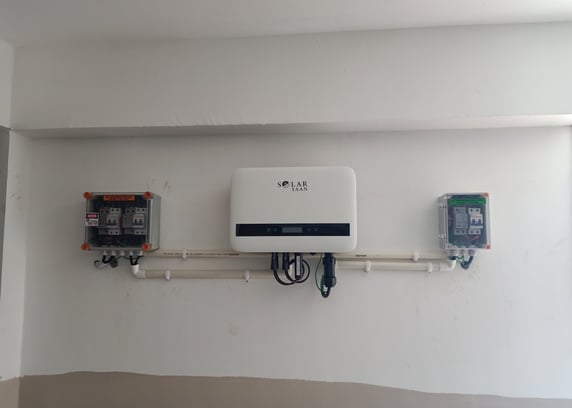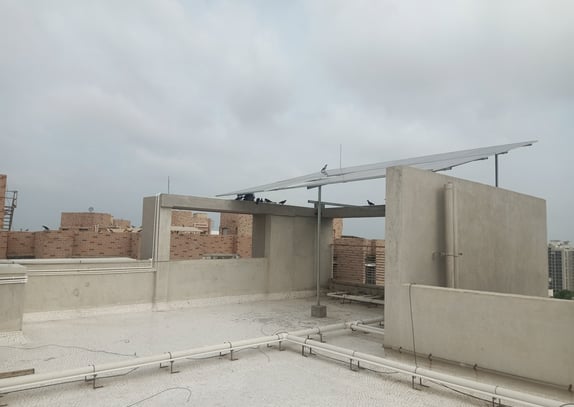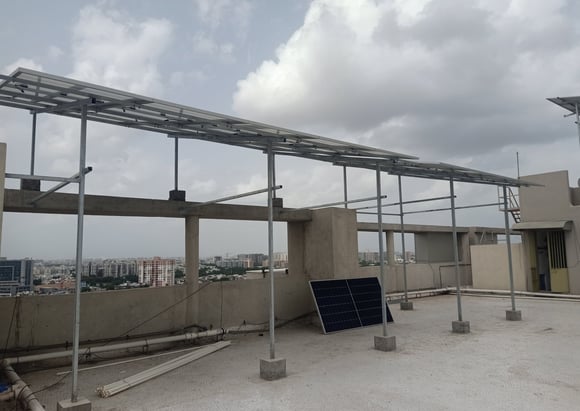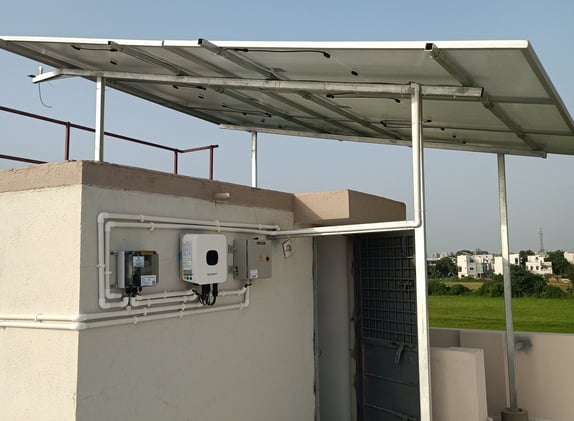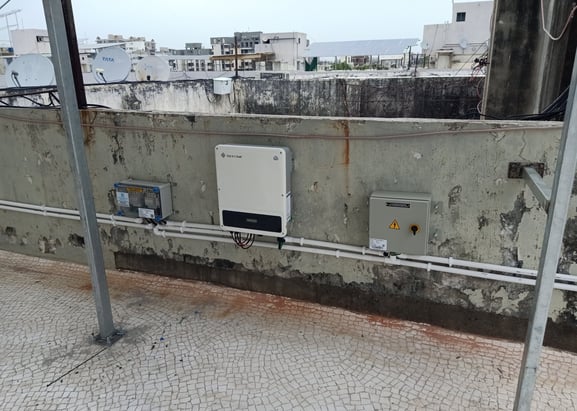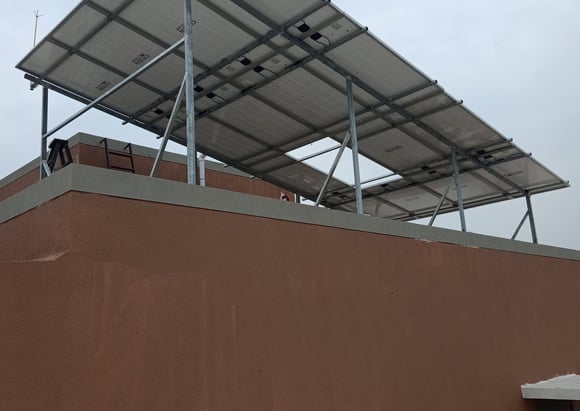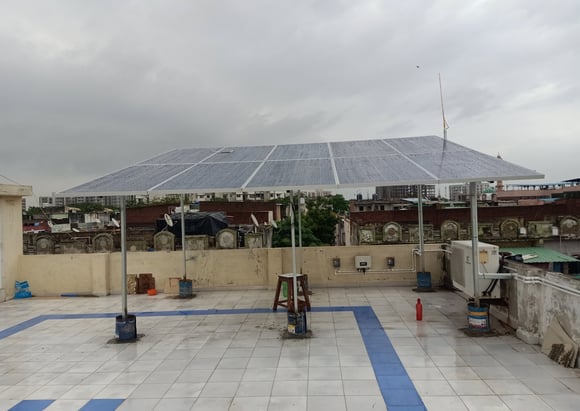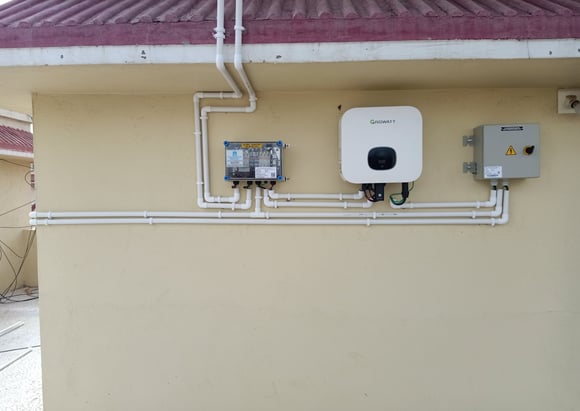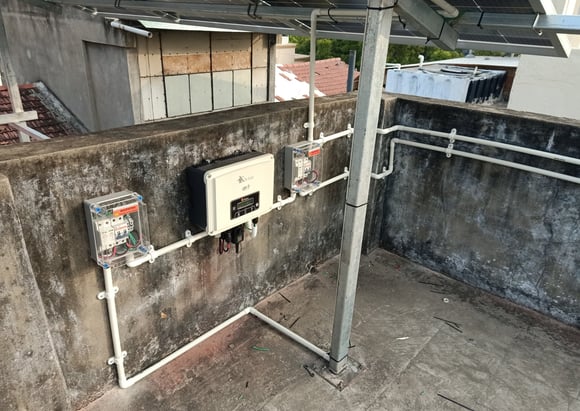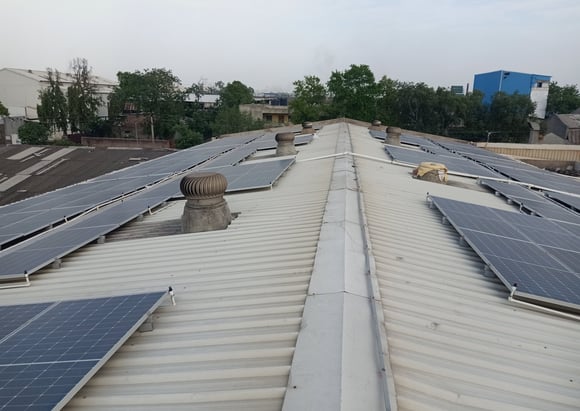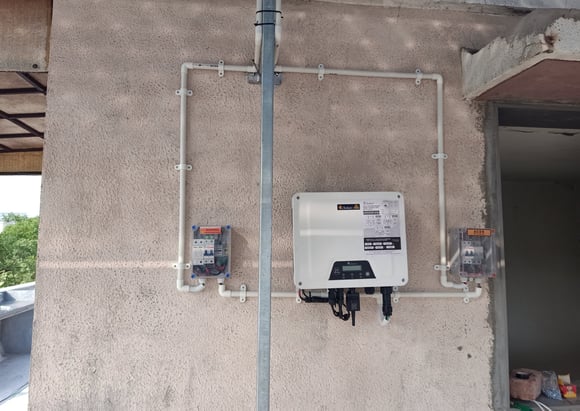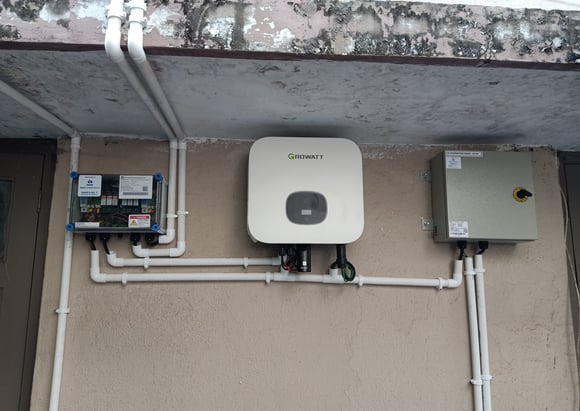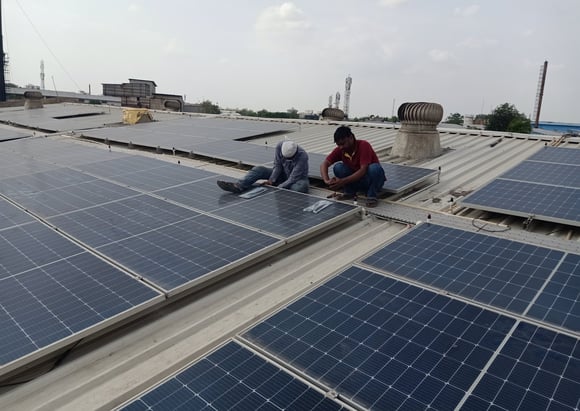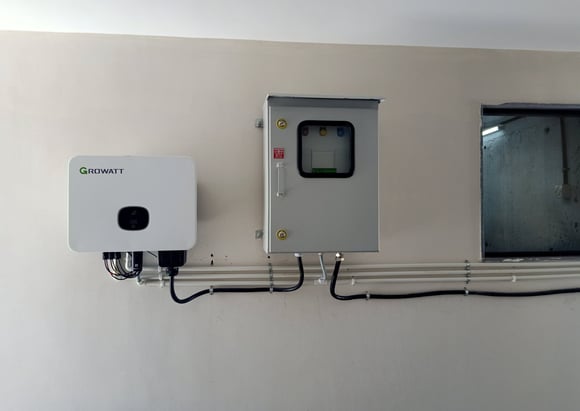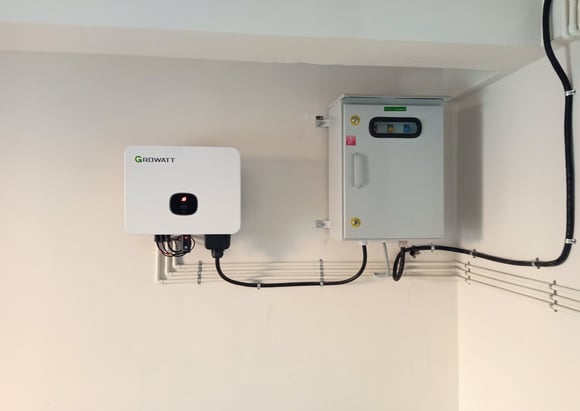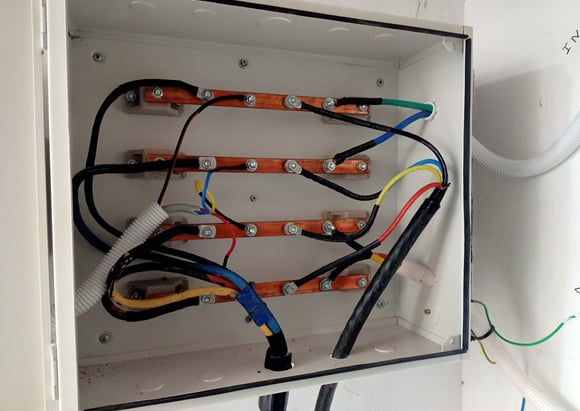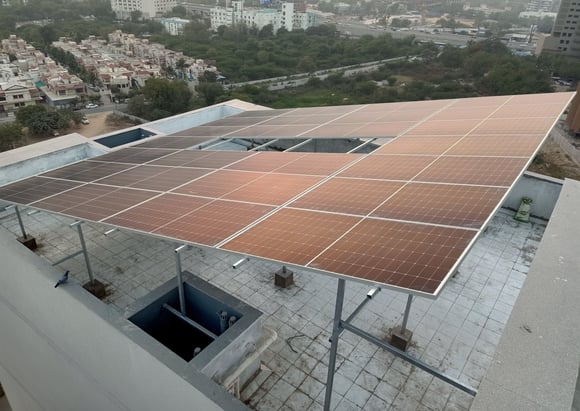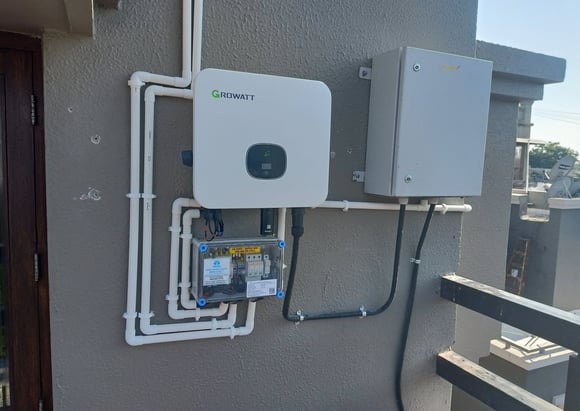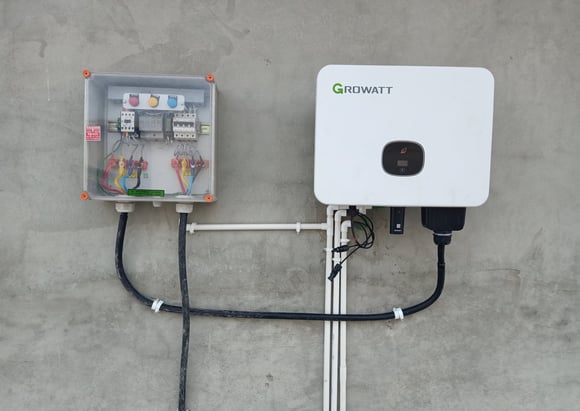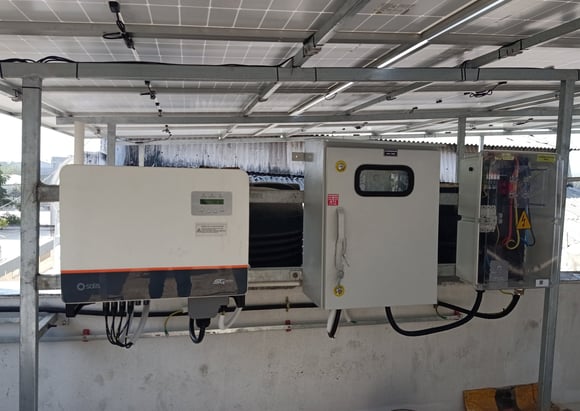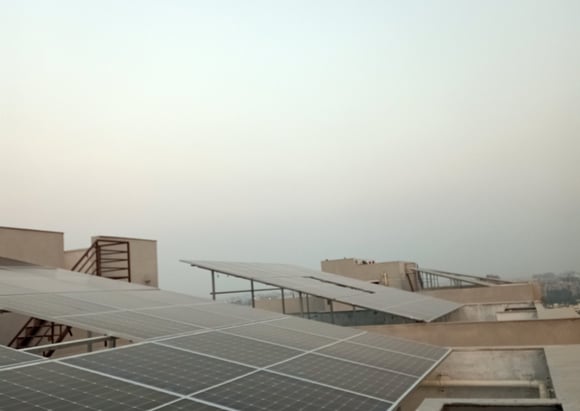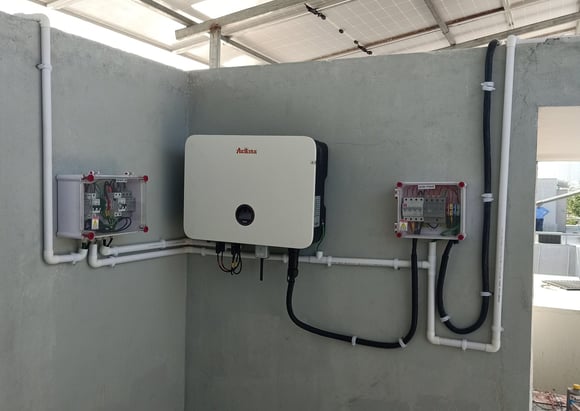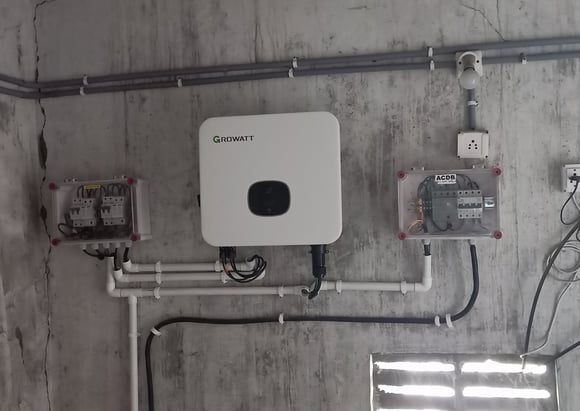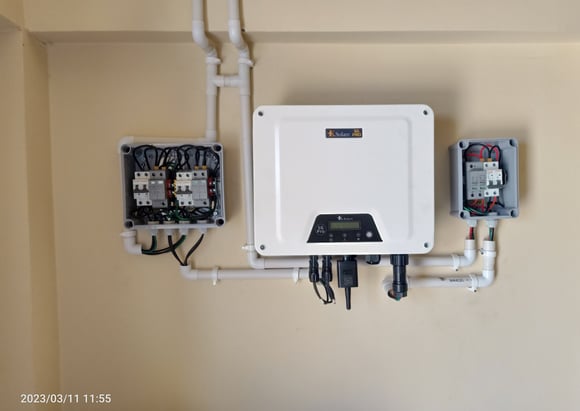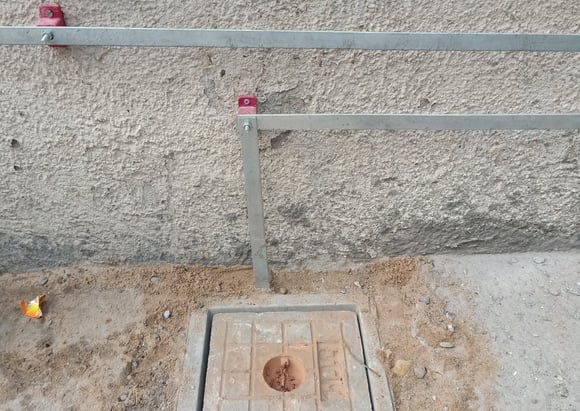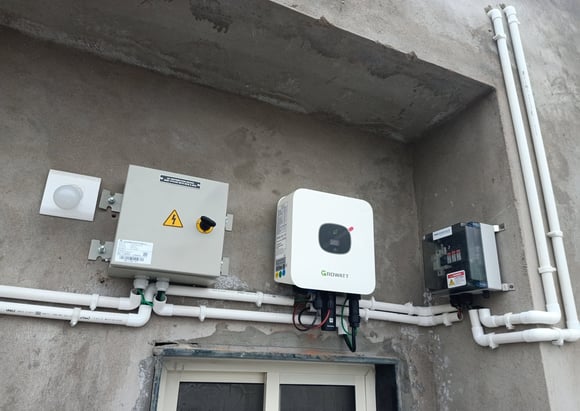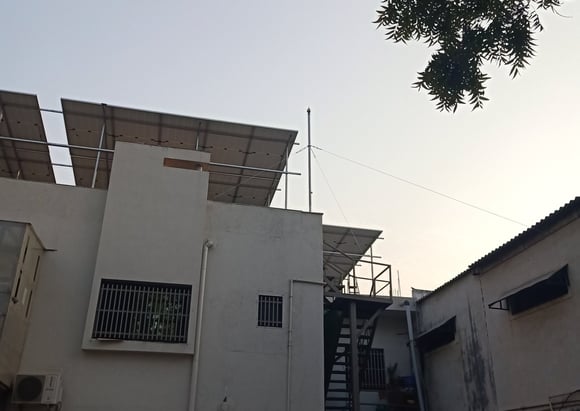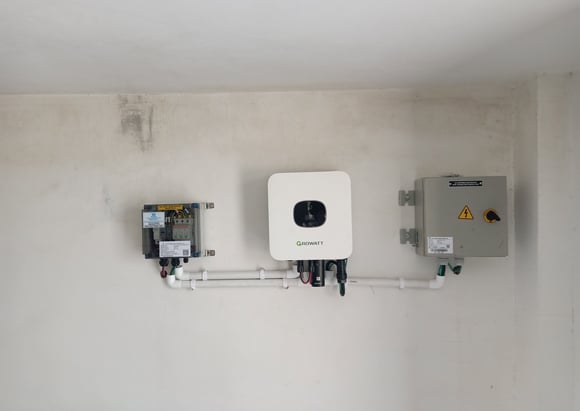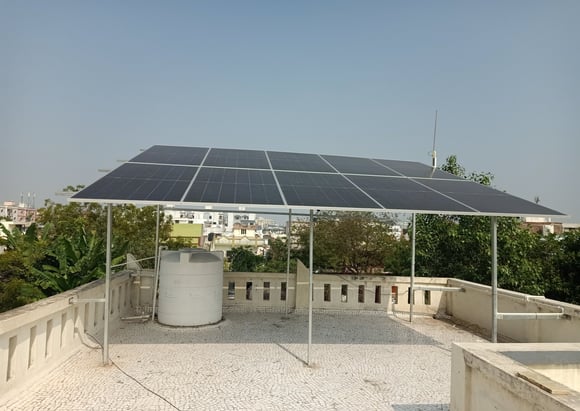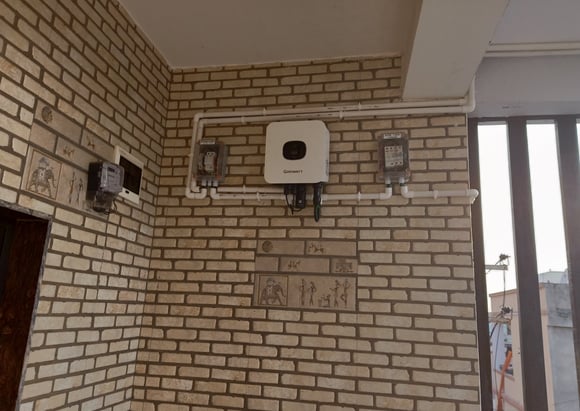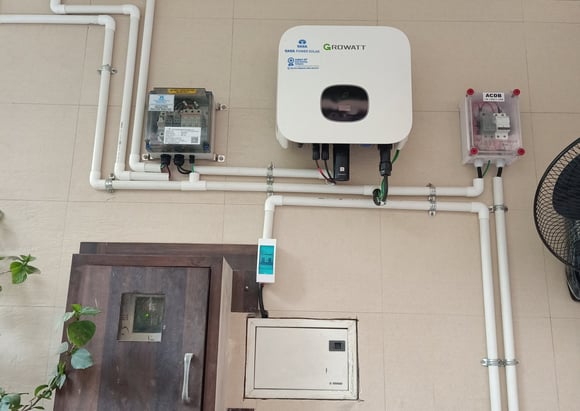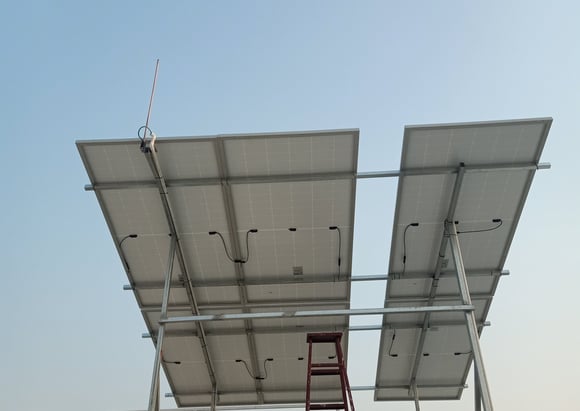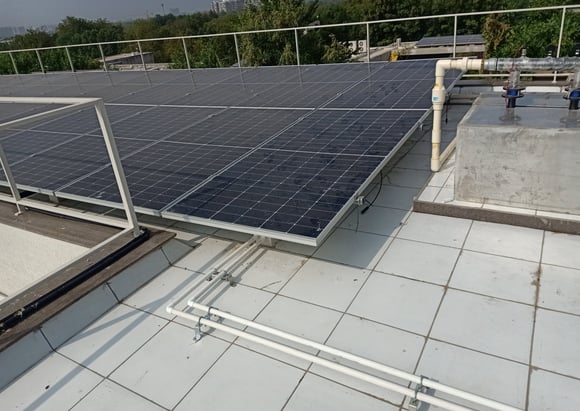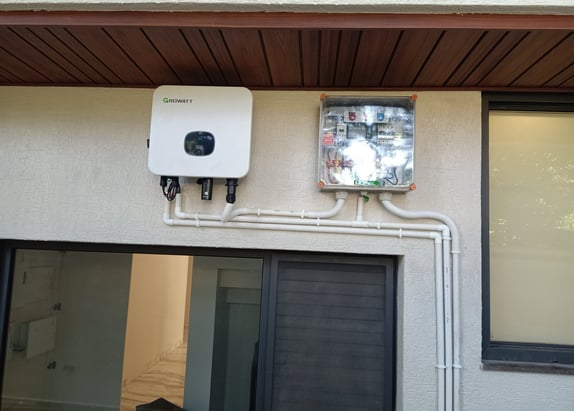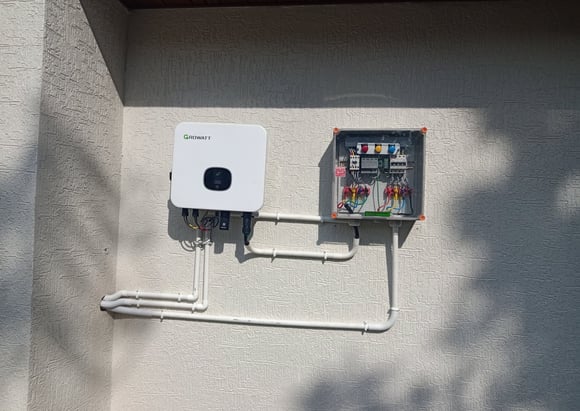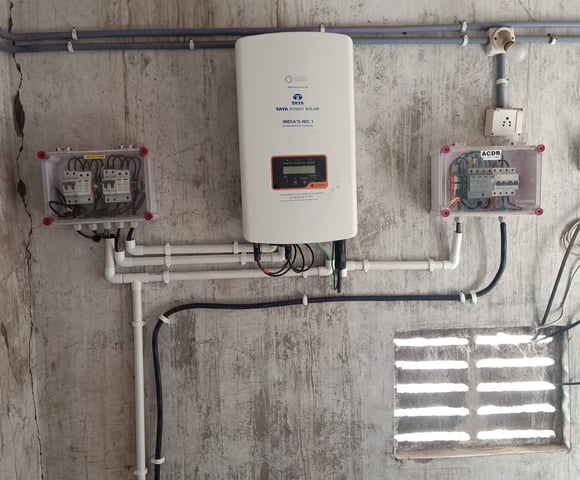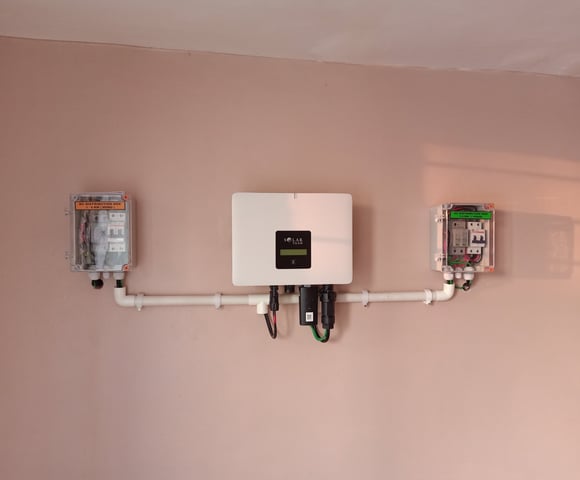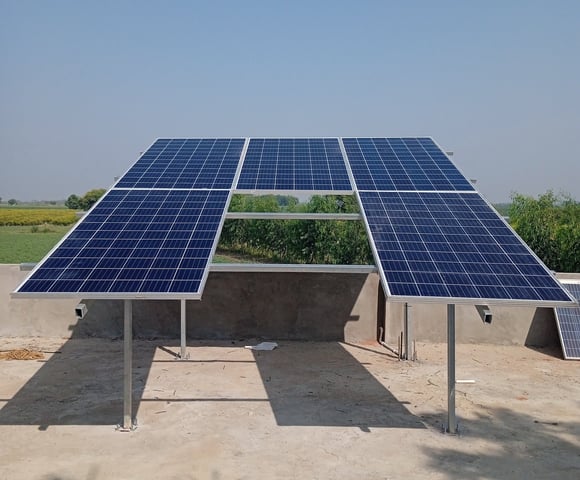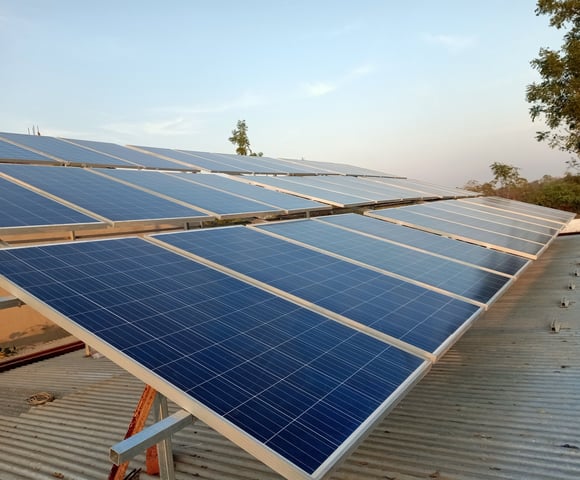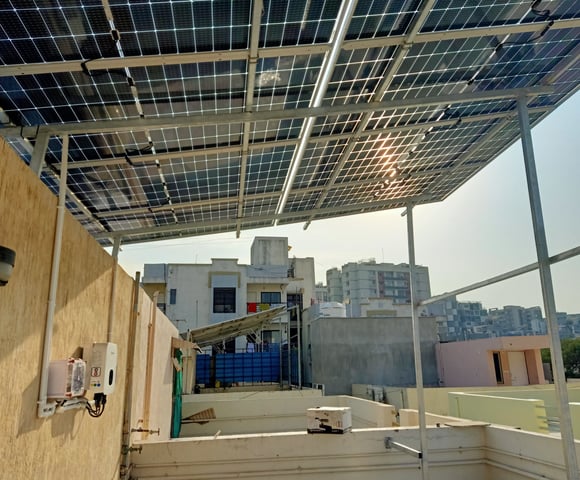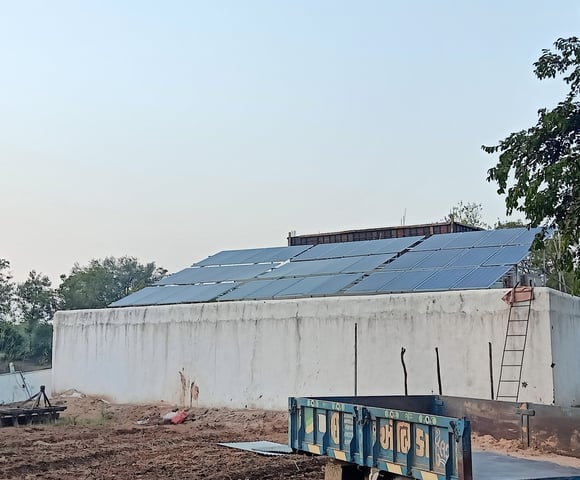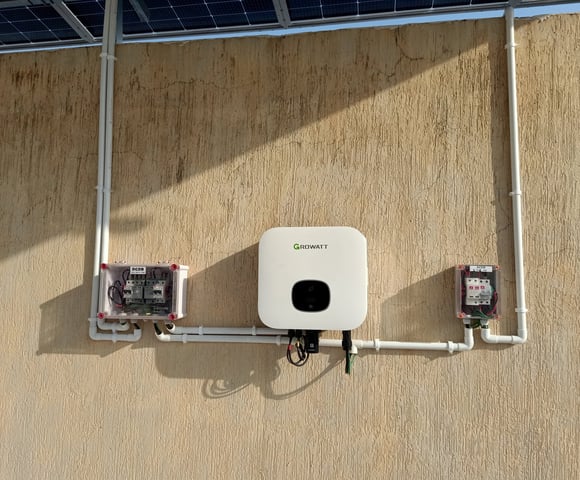Our projects
Sunshine Bay Residence
Residential Solar Rooftop
Overview: A residential solar rooftop refers to the installation of solar panels on the roof of a residential property, such as a house or apartment building. These solar panels are designed to capture sunlight and convert it into electricity, providing a clean and renewable source of energy for the home.
Advantages of Residential Solar Rooftop:
Renewable Energy: Solar power is a renewable energy source, meaning it will never run out as long as the sun continues to shine.
Environmentally Friendly: Solar energy produces no greenhouse gas emissions, helping to reduce carbon footprint and combat climate change.
Lower Electricity Bills: By generating their electricity, homeowners can reduce or eliminate their dependence on the grid, resulting in lower utility bills.
Energy Independence: Solar panels allow homeowners to generate electricity, reducing reliance on traditional energy sources and utility companies.
Increased Property Value: Installing solar panels can increase the resale value of a property, making it an attractive investment.
Government Incentives: Many governments offer incentives, tax credits, or rebates to encourage the adoption of solar energy, making it more affordable for homeowners.
Energy Security: Solar energy provides a secure and stable source of electricity, especially during power outages or disruptions in the grid.
Installation and Components:
The installation of a residential solar rooftop typically involves the following components:
Solar Panels: These are the photovoltaic (PV) panels that capture sunlight and convert it into electricity.
Inverter: The inverter converts the direct current (DC) electricity produced by the solar panels into alternating current (AC) electricity used in homes.
Mounting System: The mounting system securely attaches the solar panels to the roof or ground, ensuring they are positioned optimally for sunlight exposure.
Wiring and Switchgear: Proper wiring and switchgear connect the solar system to the electrical distribution system of the house.
Monitoring System: Some installations may include monitoring systems that track energy production and performance.
Installation Process:
The installation process involves several steps:
Initial Consultation: A solar provider assesses the property's solar potential, and energy needs, and discusses the installation process with the homeowner.
Design and Permitting: The provider designs the solar system, obtains necessary permits from local authorities, and ensures compliance with building codes.
Installation: Solar panels and associated equipment are installed on the roof or ground, with great care to maintain the property's structural integrity.
Connection: The system is connected to the home's electrical system, and relevant inspections may occur.
Operation and Maintenance: Once operational, the solar system requires minimal maintenance, with occasional cleaning and inspections.
Homeowners need to do thorough research and choose a reputable solar provider to ensure a smooth and efficient installation process.
Overall, residential solar rooftops are a sustainable and economical way for homeowners to contribute to environmental conservation and benefit from
renewable energy for years to come.
